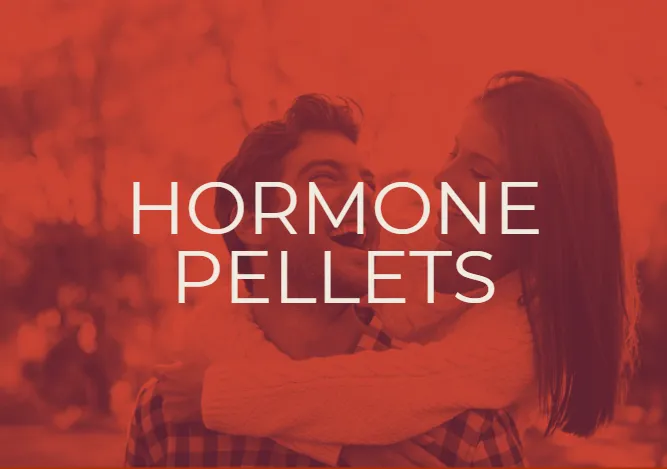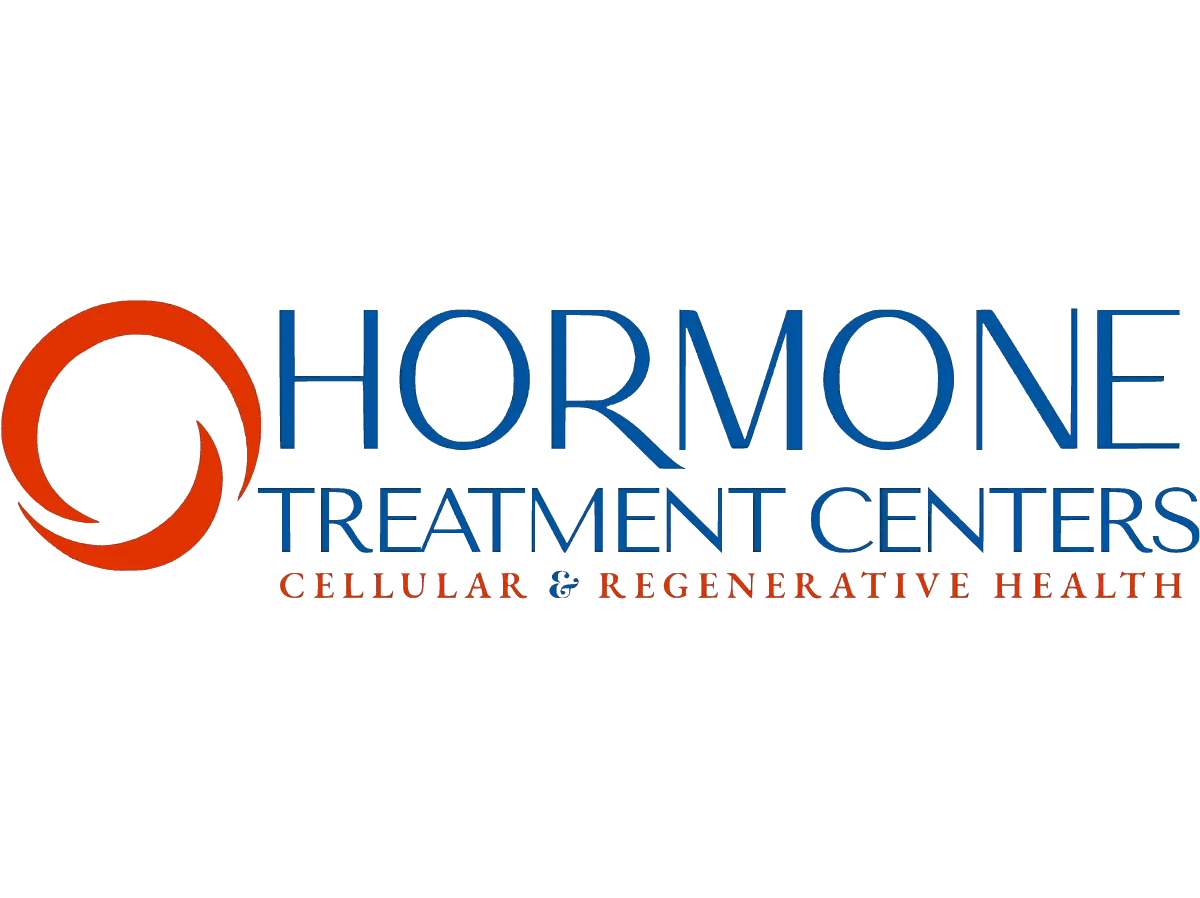What Every Woman Should Know About Bioidentical Hormone Replacement Therapy (BHRT)
As women age, their bodies gradually produce lower levels of hormones. BHRT involves replacing these depleted hormones with natural ones, just like the body used to produce. This approach promotes longevity and vitality by addressing hormone deficiencies. Restoring these hormones can often alleviate and reverse the symptoms associated with hormone imbalance. Women who undergo hormone replacement therapy often report feeling rejuvenated, with renewed passion and zest for life.
What Women Need to Know About BHRT
As women age, hormone levels naturally decline. Bioidentical Hormone Replacement Therapy (BHRT) restores these vital hormones using natural compounds identical to those your body once produced helping improve energy, mood, and vitality while relieving symptoms of hormone imbalance.
What are the Symptoms of Menopause & Perimenopause Due to Hormone Depletion?
Sleep Problems: Poor sleep quality and disturbances in sleep patterns.
Emotional Changes: Feelings of depression and a decreased sense of well-being.
Hot Flashes: Sudden episodes of intense heat, often accompanied by sweating.
Night Sweats: Excessive sweating during sleep, leading to discomfort.
Vaginal Dryness: Dryness and discomfort in the vaginal area, which can worsen during arousal and cause itching.
Migraine Headaches: Severe headaches accompanied by sensitivity to light and sound.
Mood Swings: Irritability and sudden changes in mood.
Fatigue and Apathy: Persistent tiredness and a lack of motivation.
Weakened Immune System: Increased susceptibility to illnesses and infections.
Decreased Libido: Reduced sexual desire and diminished interest in sexual activities.
Cognitive Issues: Mental fog, forgetfulness, and difficulties with concentration and memory.
Weight Gain: Increase in body fat, particularly around the midsection.
Anxiety and Palpitations: Feelings of anxiety and occasional rapid heartbeat.
Crying Spells: Episodes of unexplained crying or emotional outbursts.
Insomnia: Difficulty falling asleep or staying asleep throughout the night.
Decreased Bone Density: Accelerated loss of bone density, leading to conditions like osteoporosis and osteopenia.
Joint Pain: Discomfort and pain in the joints.
Decreased Muscle Tone: Loss of muscle tone and reduced exercise tolerance.
Common Symptoms of Menopause & Perimenopause
Sleep Problems: Poor sleep quality and disturbances in sleep patterns.
Emotional Changes: Feelings of depression and a decreased sense of well-being.
Hot Flashes: Sudden episodes of intense heat, often accompanied by sweating.
Night Sweats: Excessive sweating during sleep, leading to discomfort.
Vaginal Dryness: Discomfort or itching caused by reduced moisture, often worsening during arousal.
Migraine Headaches: Severe headaches accompanied by sensitivity to light and sound.
Mood Swings: Irritability and sudden changes in mood.
Weight Gain: Increase in body fat, particularly around the midsection.
Decreased Libido: Reduced sexual desire and diminished interest in sexual activities.
When Do Perimenopause & Menopause Symptoms Begin?
Perimenopause and menopause symptoms can occur at different stages in a woman’s life. At our clinic, we’ve observed that symptoms typically manifest between the ages of 39 and 45. During this period, women may experience variations in menstrual cycles, with a difference of seven days or more between consecutive cycles. Additionally, there is a slight increase in FSH levels, while estradiol levels remain relatively stable.
Menopause symptoms commonly emerge during the perimenopause transition, occurring at a median age of 47, which is four to six years before natural menopause. Vasomotor symptoms, including hot flashes, are most likely to occur within two years after the last menstrual cycle. This menopause phase can last from one to six years after the final menses. During this time, the ovaries come close to follicular exhaustion, resulting in decreased production of estradiol and an increase in follicle-stimulating hormone (FSH) levels.
It is not uncommon for perimenopause and menopause symptoms to be mistaken for other age-related medical conditions, making the transition challenging to recognize and treat. Nearly all women with a uterus experience changes in their menstrual patterns during the perimenopause and menopause years due to hormonal fluctuations prior to ovarian follicular depletion. Furthermore, symptoms can persist long after menopause, hysterectomies, and ablations, as these procedures and the natural course of the body’s transition lead to increased FSH levels.
When Do Perimenopause & Menopause Symptoms Begin?
Perimenopause and menopause can begin at different stages, often starting between ages 39 and 45. During this time, women may notice irregular cycles and changes in hormone levels.
Menopause symptoms usually appear around age 47four to six years before the final menstrual cycle and can last one to six years. Common symptoms include hot flashes, sleep issues, and mood changes as estrogen declines and FSH rises.
Because these symptoms can mimic other age-related conditions, many women don’t realize hormone imbalance is the cause. Even after menopause, hysterectomy, or ablation, hormonal fluctuations can persist and impact overall well-being.
What are the Benefits of Hormone Replacement Therapy “HRT”?
Hormone Therapy to Relieve Menopausal Symptoms
Clinically Proven for Hot Flashes & Vaginal Dryness
How Hormones Can Improve Women’s Libido
Clinically Proven Boost in Desire and Arousal
Hormone Therapy for
Mood Stabilization
Clinically Proven Relief from Depression & Anxiety
Optimized Body Composition with Hormone Therapy
Support Lean Muscle & Metabolism During Menopause
Hormone Therapy for
Mental Clarity
Enhance Focus, Memory & Cognitive Performance
Improved Bone Health with Hormone Therapy
Reduce Fracture Risk in Menopausal Women
Top Benefits of Hormone Replacement Therapy (HRT)
Hormone Therapy to Relieve Menopausal Symptoms
Clinically Proven for Hot Flashes & Vaginal Dryness
How Hormones Can Improve Women’s Libido
Clinically Proven Boost in Desire and Arousal
Hormone Therapy for
Mood Stabilization
Clinically Proven Relief from Depression & Anxiety
Hormone Therapy for
Mental Clarity
Enhance Focus, Memory & Cognitive Performance
What Are the Differences in Hormone Replacement Care?
Total Hormone Balance
Does the provider address all the hormones and understand how they interact with one another to achieve true balance?
Correct Dosing & Frequency
Are both the dosage and the timing of treatments carefully calibrated?
Risk & Side Effect Management
Are potential risks identified and managed proactively? Does your provider understand—and have access to—the right medications at the right doses?
Individualized Treatment
Is your plan built around your symptoms, lab values, and medical history—or a “one-size-fits-all” template?
Delivery Systems
Is the best method for each hormone used (injection, pellet, tablet, RDT, troche)? The right choice changes outcomes dramatically.
Bioidentical vs. Synthetic
Are true bioidentical hormones being used, or pharmaceutical substitutes?
Symptom-Driven Adjustments
Are hormone-symptom connections understood so precise adjustments can be made—helping you reach your highest functional state?
Lab Interpretation
Are labs optimized for symptom relief, or simply accepted as “normal” because they fall within a broad range?
Types of Hormone Replacement Care
Total Hormone Balance
Does the provider address all the hormones and understand how they interact with one another to achieve true balance?
Correct Dosing & Frequency
Are both the dosage and the timing of treatments carefully calibrated?
Risk & Side Effect Management
Are potential risks identified and managed proactively? Does your provider understand—and have access to—the right medications at the right doses?
Bioidentical vs. Synthetic
Are true bioidentical hormones being used, or pharmaceutical substitutes?
Symptom-Driven Adjustments
Are hormone-symptom connections understood so precise adjustments can be made—helping you reach your highest functional state?
6 Signs of Hormonal Imbalance in Women
See how estrogen levels naturally decline from age 20 through menopause and beyond. This chart highlights the hormonal shifts that drive symptoms like fatigue, mood changes, weight gain, and hot flash... ...more
Women & Hormones ,Hormone Pellets
November 29, 2025•2 min read

What are Bioidentical Hormones?
Explore how bioidentical hormones support hormone balance for men and women. Learn what BHRT is, how plant-derived hormones work, why they differ from synthetic options, and what patients should know ... ...more
Women & Hormones ,Men & Testosterone &Hormone Pellets
November 29, 2025•3 min read


6 Signs of Hormonal Imbalance in Women
See how estrogen levels naturally decline from age 20 through menopause and beyond. This chart highlights the hormonal shifts that drive symptoms like fatigue, mood changes, weight gain, and hot flash... ...more
Women & Hormones ,Hormone Pellets
November 29, 2025•2 min read

What are Bioidentical Hormones?
Explore how bioidentical hormones support hormone balance for men and women. Learn what BHRT is, how plant-derived hormones work, why they differ from synthetic options, and what patients should know ... ...more
Women & Hormones ,Men & Testosterone &Hormone Pellets
November 29, 2025•3 min read
Copyright 2025. Hormone Treatment Centers. All Rights Reserved.
Cookie Policy I Privacy Policy I Terms of Service
Copyright 2025. Hormone Treatment Centers. All Rights Reserved.







